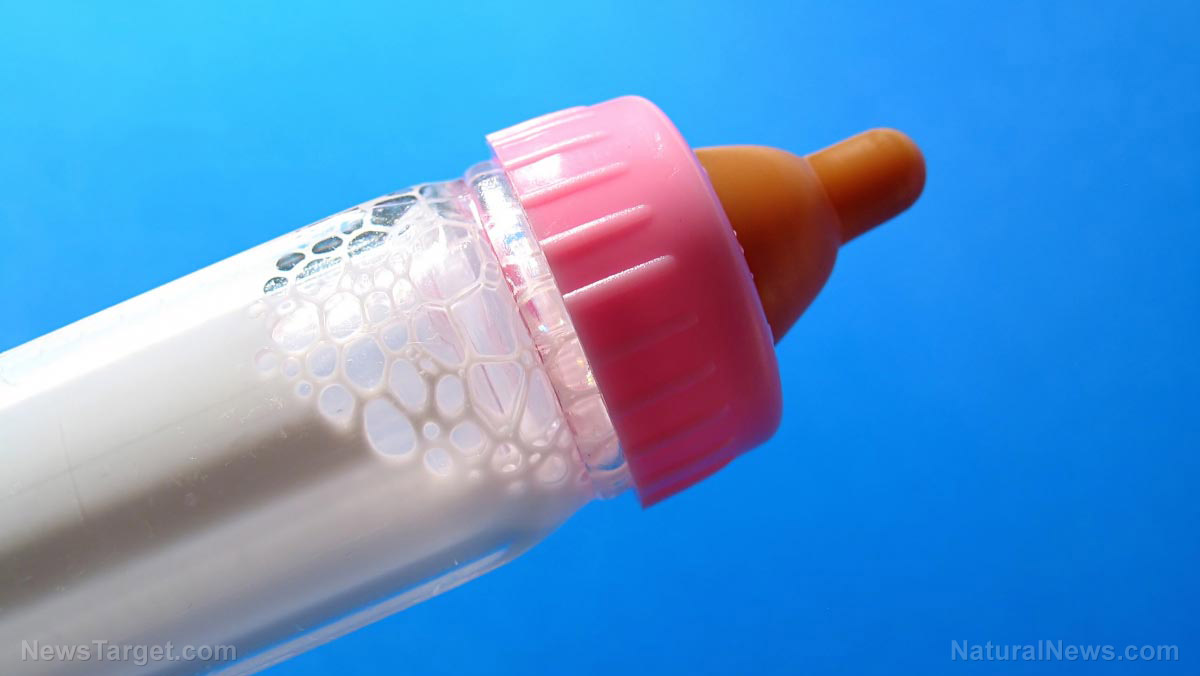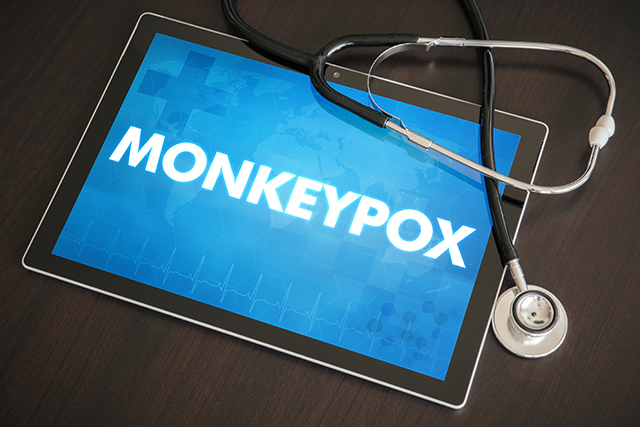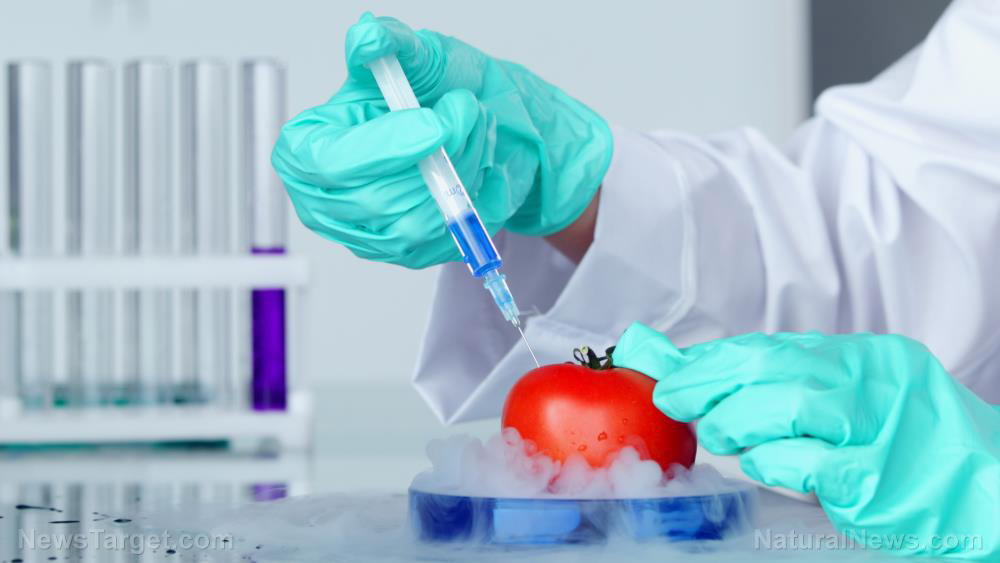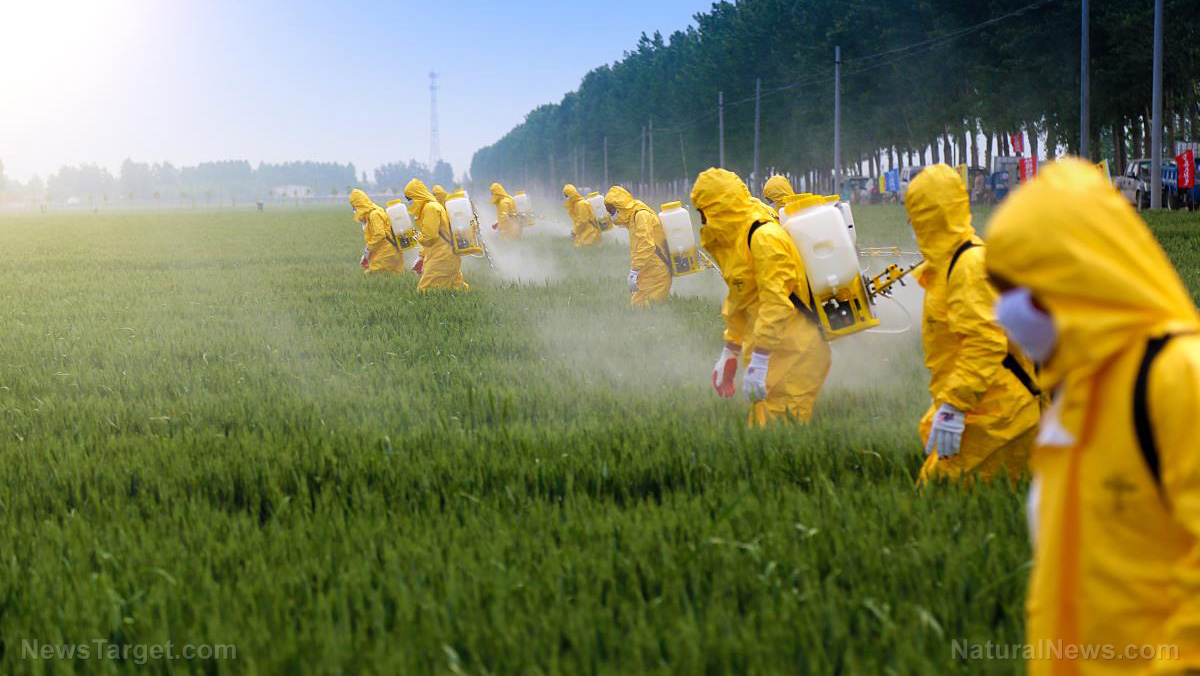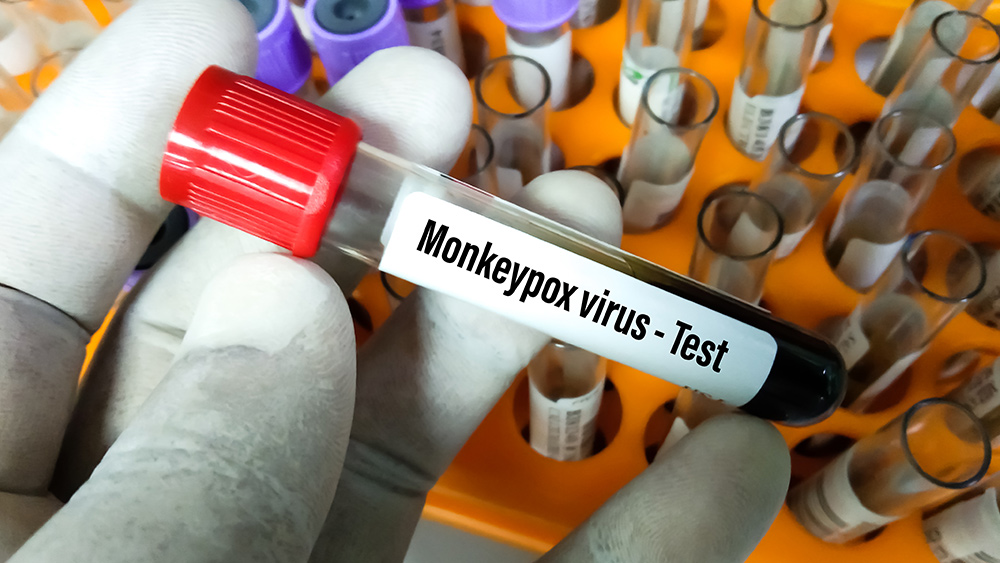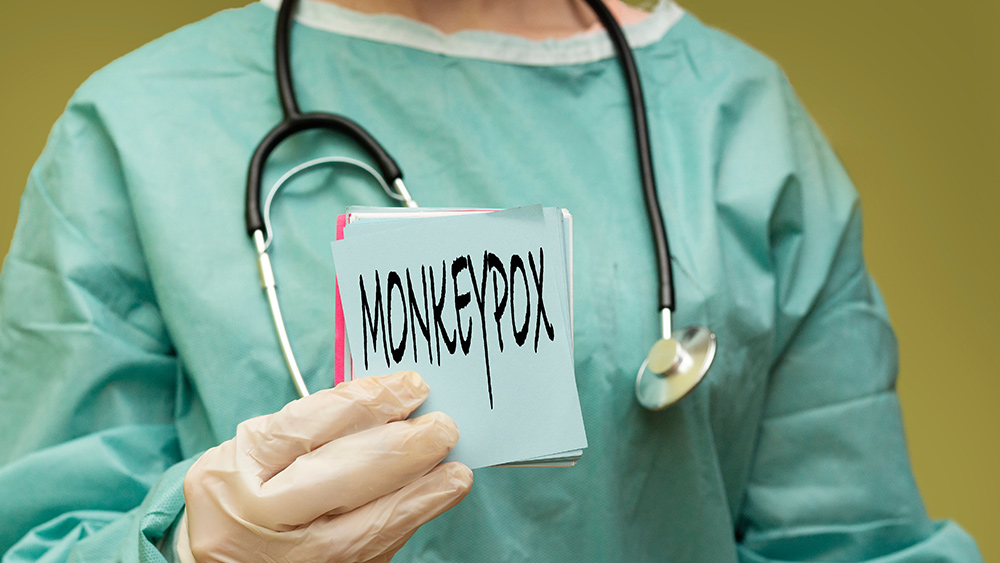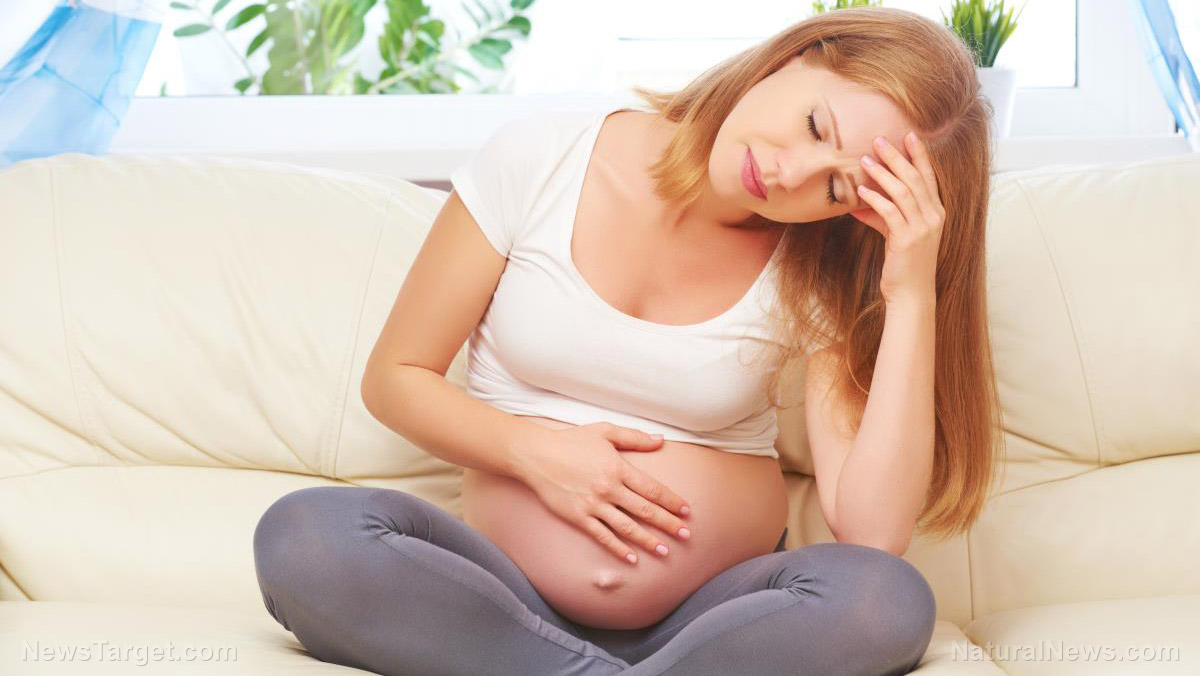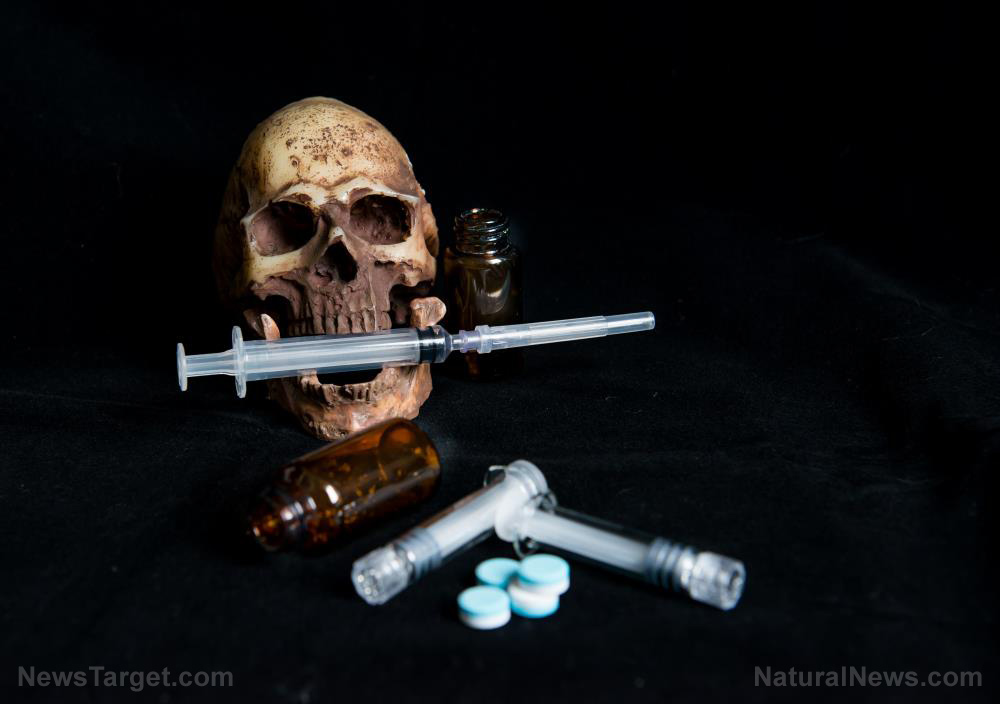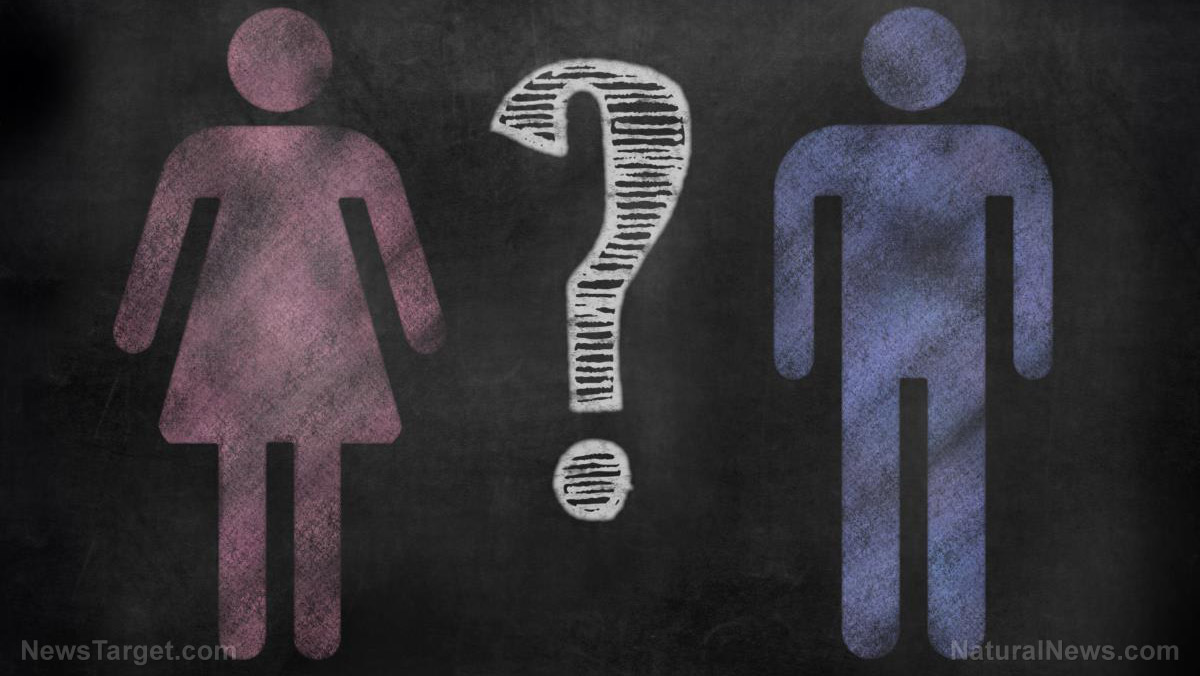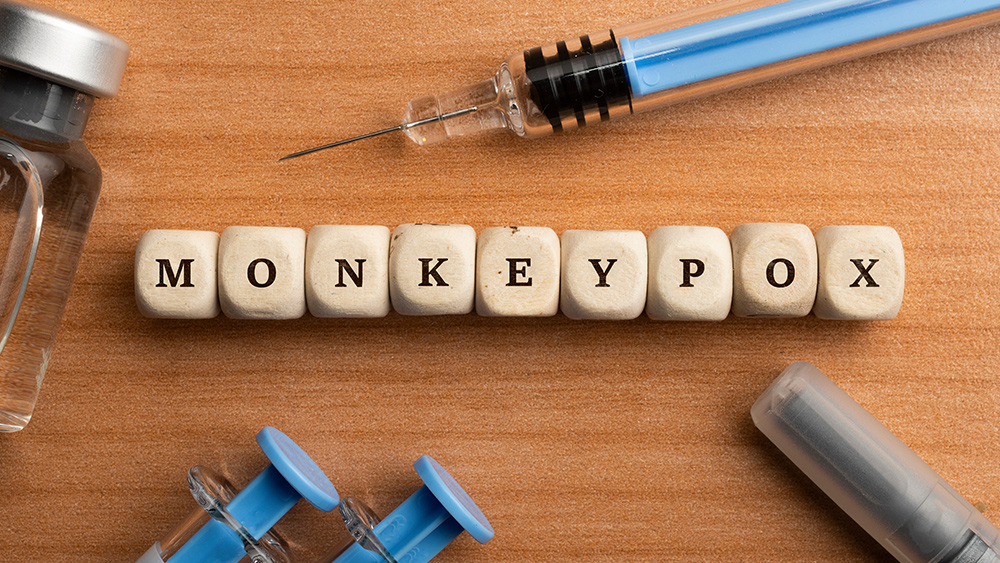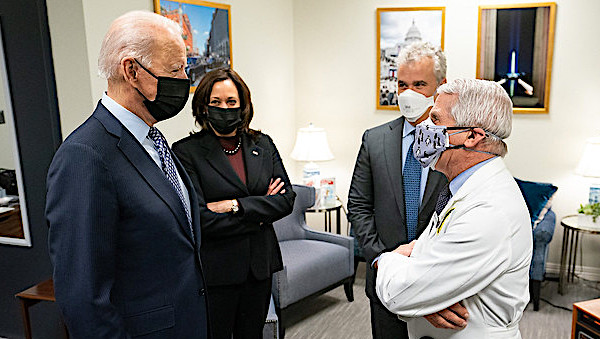Why are women at greater risk for broken bones? Understanding osteoporosis risk factors
08/17/2020 / By Virgilio Marin

Osteoporosis is a bone disease that is characterized by porous and brittle bones. It is one of the leading causes of bone fracture among the elderly and affects people regardless of race and sex.
However, women are at greater risk of developing osteoporosis than men. In the United States, for example, about eight million out of the estimated 10 million cases of osteoporosis are women. It is also estimated that 50 percent of women over the age of 50 will break a bone because of the disease while only 21 percent of men will suffer the same.
A woman’s risk of breaking a hip is equal to her combined risk of breast, uterine and ovarian cancer. A study from the European Foundation for Osteoporosis and Bone Disease also found that in women over 45 years old, osteoporosis accounts for more days spent in the hospital than many other diseases, including diabetes, myocardial infarction and breast cancer.
Why are women more prone to osteoporosis?
There are physiological differences between the two sexes that predispose women to osteoporosis.
For one, hormonal changes during menopause can affect bone density. Estrogen is a female hormone that plays an essential role in the formation of new bones. When a woman enters menopause, her levels of estrogen plummet, leading to a rapid decrease in bone density.
Men also produce small amounts of estrogen that are important to bone health. But their estrogen levels do not vary as much, whereas women often face a dramatic drop in estrogen levels after menopause.
Moreover, osteoporosis risk is even greater if menopause occurs before hitting 45 or when a woman has her ovaries removed. Disease risk also increases in women who missed their periods for more than 6 months as a result of overexercising or too much dieting.

Another factor is the amount of parathyroid hormones produced by the body. This hormone regulates the amount of calcium in the blood by stimulating the release of the mineral when calcium levels are too low. It also helps the body better absorb dietary calcium through its effects on vitamin D metabolism. Women, however, tend to produce less parathyroid hormones compared to men due to differences in their body sizes.
In addition, females have thinner bones and develop less bone mass than males. Teenage girls typically reach peak bone mass at about 18 years old while men reach theirs at 20. And while bone density will continue to develop for both sexes after these ages, men will add more bone mass than women.
Lowering the risk of osteoporosis with calcium and vitamin D
There are effective ways of preventing or lowering one’s risk of osteoporosis.
Eating foods rich in calcium is key to good bone health as the mineral plays an important role in bone formation, strength and density.
However, simply consuming more calcium isn’t enough. Instead, strive to achieve the recommended daily intake:
- 1,000 mg for women 50 and younger
- 1,200 mg for women 51 and older
A well-balanced diet can supply much of the needed amount of calcium in a day, so it’s important to curate one’s meals properly.
Furthermore, it’s important to boosts calcium absorption by getting enough vitamin D. This nutrient is produced by the body upon being exposed to sunlight. However, foods rich in vitamin D and supplements can be good sources too especially if sunlight exposure is not enough. (Related: Get rid of the myths and cure osteoporosis naturally.)
Here’s the recommended daily intake for vitamin D:
- 600 international units (IU) of vitamin D per day for those 70 and below
- 800 IU for those 71 and older
Protein can also be good for one’s bone health, with research saying that eating protein increases bone mineral density. Meat and plant-based foods such as tofu and beans are good sources of protein.
Learn more about foods rich in calcium, vitamin D and protein at Nutrients.news.
Sources include:
Submit a correction >>
Tagged Under:
aging, bone disease, bone fracture, bone health, bone injury, calcium, hip problems, hormonal changes, Menopause, natural medicine, nutrients, osteoporosis, prevent osteoporosis, protein, vitamin D, women's health
This article may contain statements that reflect the opinion of the author




